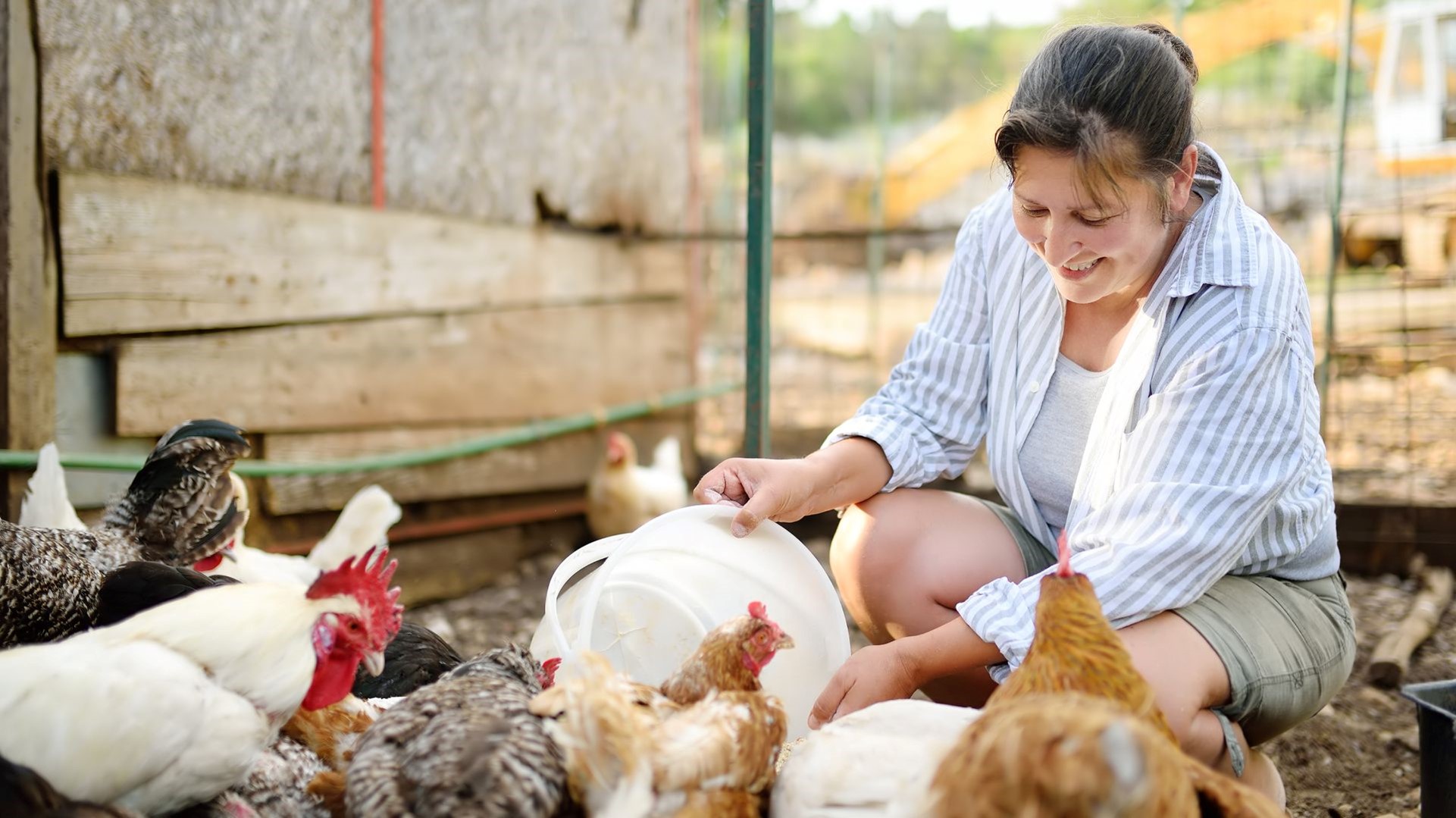
Your Guide to Self-Sufficient Living
Have you ever dreamt of living away from the rat race, creating resources, and surviving off the land? Being self-sufficient can be the answer to escaping a consumer-driven society and living sustainably — using what you have and living between your means. Self-sufficient living is a lifestyle in which individuals or families aim to meet their basic needs independently, without relying on external resources. It can include producing food, generating energy, collecting and purifying water, and managing waste. Self-sufficient living comes with benefits like greater self-reliance and reduced environmental impact, and it can also help foster a stronger sense of community. We explore simple ways to incorporate aspects of self-sufficient living into your lifestyle.
Harvest Energy
The benefits of solar energy cannot be understated when thinking about self-sufficient energy harvesting. Implementing solar panels, wind turbines, or hydropower systems at home can help you generate electricity. Utilising energy-efficient appliances, installing effective ceiling insulation, and implementing smart home technologies can also reduce overall energy usage and help you become more self-sufficient.
Grow Your Own Food
Growing your own food is a cornerstone of self-sufficient living. Whether you have a large garden or just a few containers on your balcony, you can cultivate a surprising amount of fresh produce that can positively impact your diet. Additionally, raising animals such as chickens, goats, or rabbits can provide a source of protein and other nutrients from their meat, eggs, or milk. Preserving food through techniques such as canning, drying, or fermenting can help you build a stockpile of food for the long term; it also reduces your overreliance on supermarkets and other commercial sources.
Collect Water
Getting enough water is essential to a healthy lifestyle. Installing rainwater harvesting systems, drilling a well, or purifying water from natural sources such as rivers or lakes will provide a renewable source of drinkable water. Conserving water usage through low-flow fixtures, greywater systems, and drought-resistant landscaping can also help you become more self-sufficient.
What Can You Do with the Waste?
Self-sufficient living often means reducing your consumption and environmental impact by embracing sustainability. Composting is a great way to turn food scraps and yard waste into nutrient-rich soil for your fruit and vegetable garden, while recycling can help reduce the amount of trash that goes to landfills.
Rely on Your Community
Although you may have to give up some luxuries when choosing to live a self-sufficient life, it doesn’t have to be a solitary pursuit. Building a network of like-minded individuals in your community can help you share resources, trade goods, and services, and support each other in times of need. This can include participating in community gardens, sharing tools and equipment, or bartering goods and services.
Start Your Journey to Self-Sufficient Living Today
Self-sufficient living can present unique challenges, from the initial investment to the time and effort required to maintain your systems. However, there are many solutions to these challenges. Installing a few solar panels can help you get started without overwhelming yourself; embracing solar energy is the first step towards a more sustainable future. AeonEnergy is one of New Zealand’s leading energy solutions companies, dedicated to improving everyday Kiwis’ lives. Our commitment to high-quality service and energy-efficient insulation and solar panel solutions has lauded a stellar reputation amongst our clientele. Start your journey to self-sufficient living; speak to our friendly consultants and receive a free quote today!

